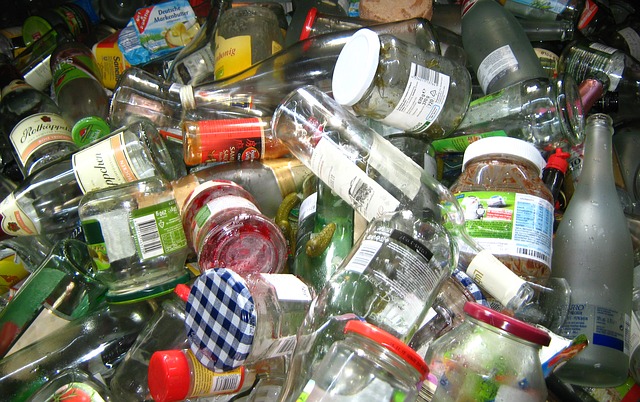
A recent FiveThirtyEight article stated that we’re approaching the end of the era of “easy recycling.” And in a way, we have to agree. Our industry is in a time of change and recycling as we’ve known it for the last few decades is evolving. At Ohio Valley, we’re committed to staying ahead of these changes. We also want to provide our customers with the information needed to make this new recycling process a success for everyone, so we’ve pulled some of the highlights from the article below.
What is Easy Recycling?
You may remember a time when recycling meant painstakingly separating glass, plastic, paper, and metal; making sure all items were properly sorted before placing them out for pickup or dropping them off to be recycled was a must. But in the last 15 years, we’ve seen a shift towards single-stream recycling, with about 80% of all communities now using this method.
Single-stream is recycling at its easiest since people are able to put all materials together in one bin. Those items are then sorted at the facility, putting the sorting work on the recycling plant rather than the individual. This shift makes sense - a whopping 66% of people surveyed by Harris Poll stated that if recycling wasn’t so easy, they wouldn’t do it. And single-stream recycling is credited with the massive increase in recyclable material we’ve seen as it’s grown in popularity.
More recycling is better, right?
Not exactly. While the amount of recyclable materials has drastically increased with the growing adoption of single-stream, the amount of contamination has also skyrocketed. Part of this issue is on us as individuals. There’s a lot of what we call “wishful recycling” - people putting things in that they hope can be recycled or things that have to be recycled at special facilities (like electronics, batteries, or Christmas lights).
The other issue is the single-stream process itself. Trucks carry all of the materials in one load. Glass gets shattered and lodged in the paper and plastic. The plastic and metal items get smashed flat, making their profile similar to paper. As a result, the sorting machinery isn’t able to properly separate the materials.
What’s the deal with glass?
The move away from glass being a recyclable product has been a major concern for lots of individuals over the past year. However as we mentioned, glass can be a major contaminant since it shatters easily. Prior to 2018, China bought and processed the majority of America’s contaminated recyclables. But China recently upped their quality requirements - which means that all of these contaminated recycling materials have nowhere to go but the landfill.
Removing glass from the equation helps lower the amount of contamination, which means more materials are actually being recycled, rather than adding to our waste.
Where do we go from here?
We’ve already started, with most recycling centers now removing glass from their accepted materials list. For us at Ohio Valley, our commitment to recycling is stronger than ever. Our updated facility in Mars was a major investment in finding a way to ensure your recycling efforts don’t go to waste. And as individuals, taking a little extra care when sorting your trash and recyclables can go a long way.
Here are a few things to keep in mind:
Glass is a problem. We understand you want to recycle as much as possible - we do too! But glass actually ends up lessening what we’re able to recycle.
Lots of materials that can be recycled require special facilities; electronics, plastic grocery bags, batteries, and household chemicals are all examples. Recycling them the right way is essential. It prevents contamination of the everyday recycling items and stops hazardous materials from ending up in a landfill.
Food contamination is another major problem. If you’re recycling bottles or containers, always take a moment to rinse them out. And remember, pizza boxes and other paper products that get contaminated with food can’t be recycled either.
The bottom line is that recycling has to change in order to survive. If we want to continue to reuse and recycle certain materials, we have to take the proper steps needed during their collection and sorting. For our part, we will continue to innovate and find ways to improve our facilities, our transportation, and our process to make sure your recycling efforts aren’t wasted. And as individuals, taking care to recycle the right way will ensure that contamination from products like glass and food doesn’t prevent the rest of the materials from being recycled.
Want to learn more about these changes and the current recycling market? Be sure to check out the full article here.